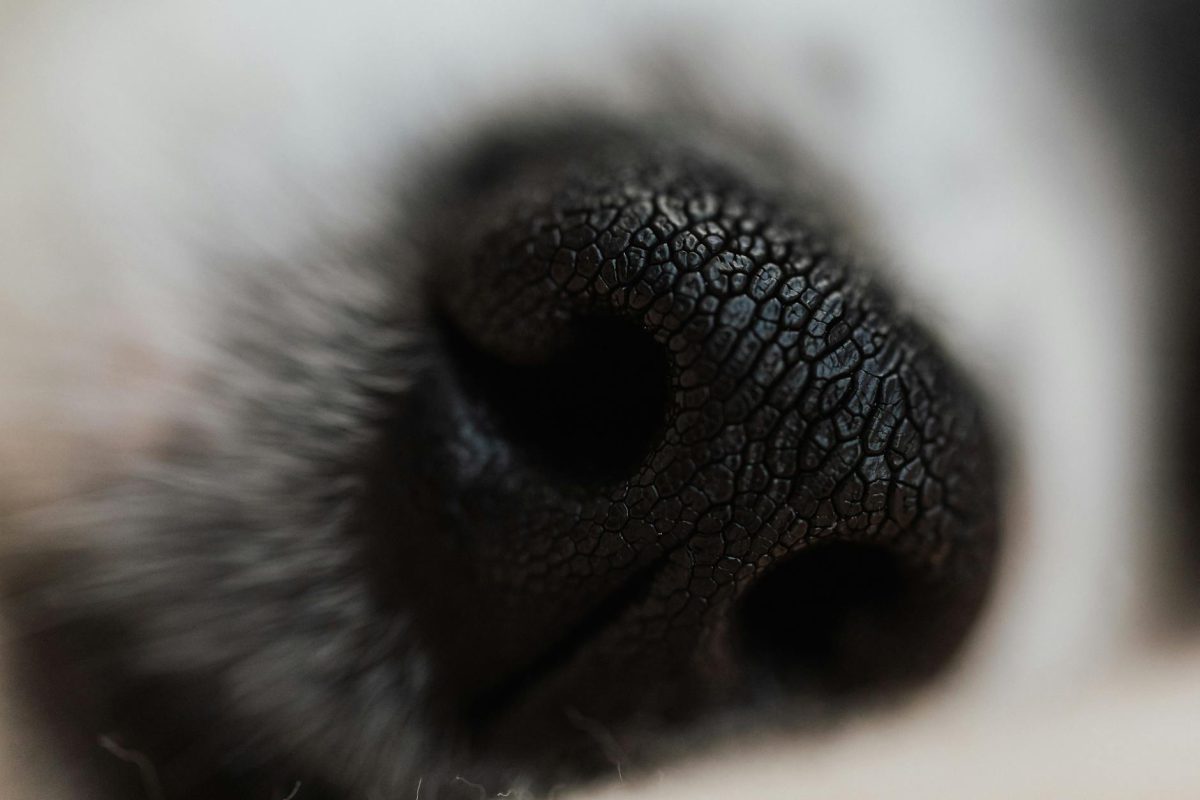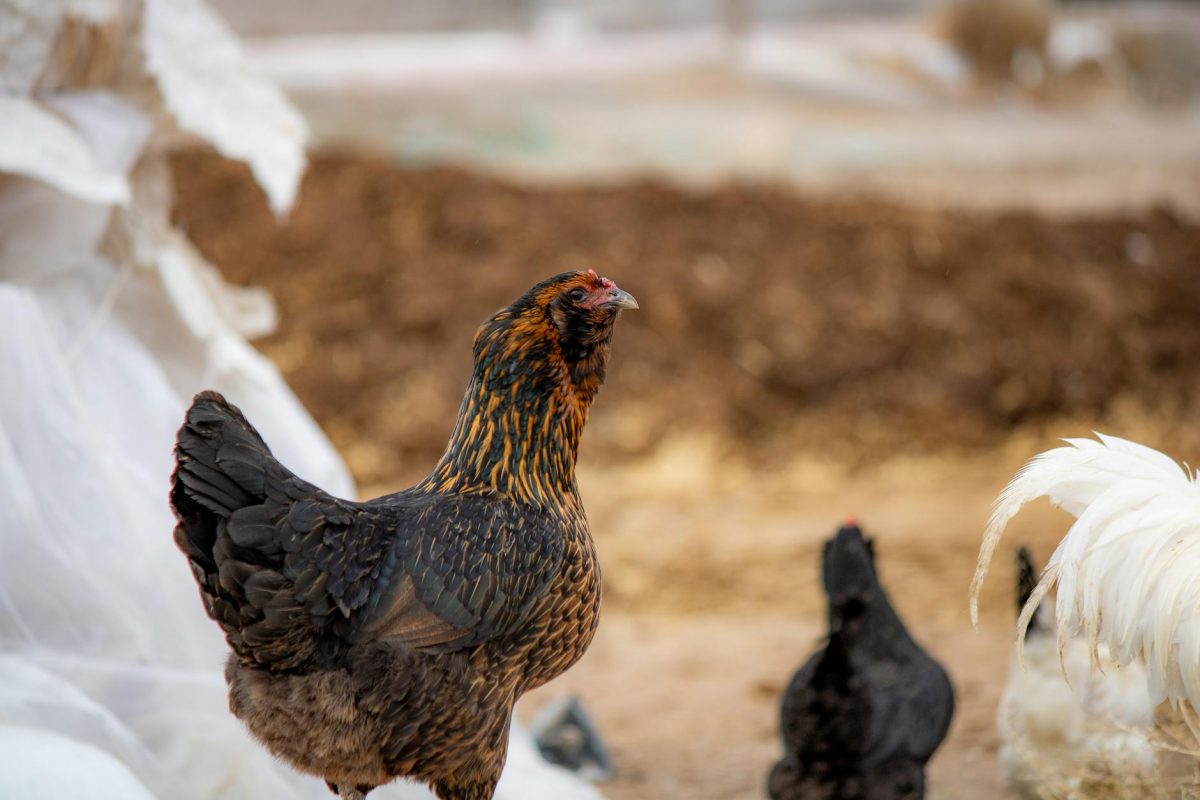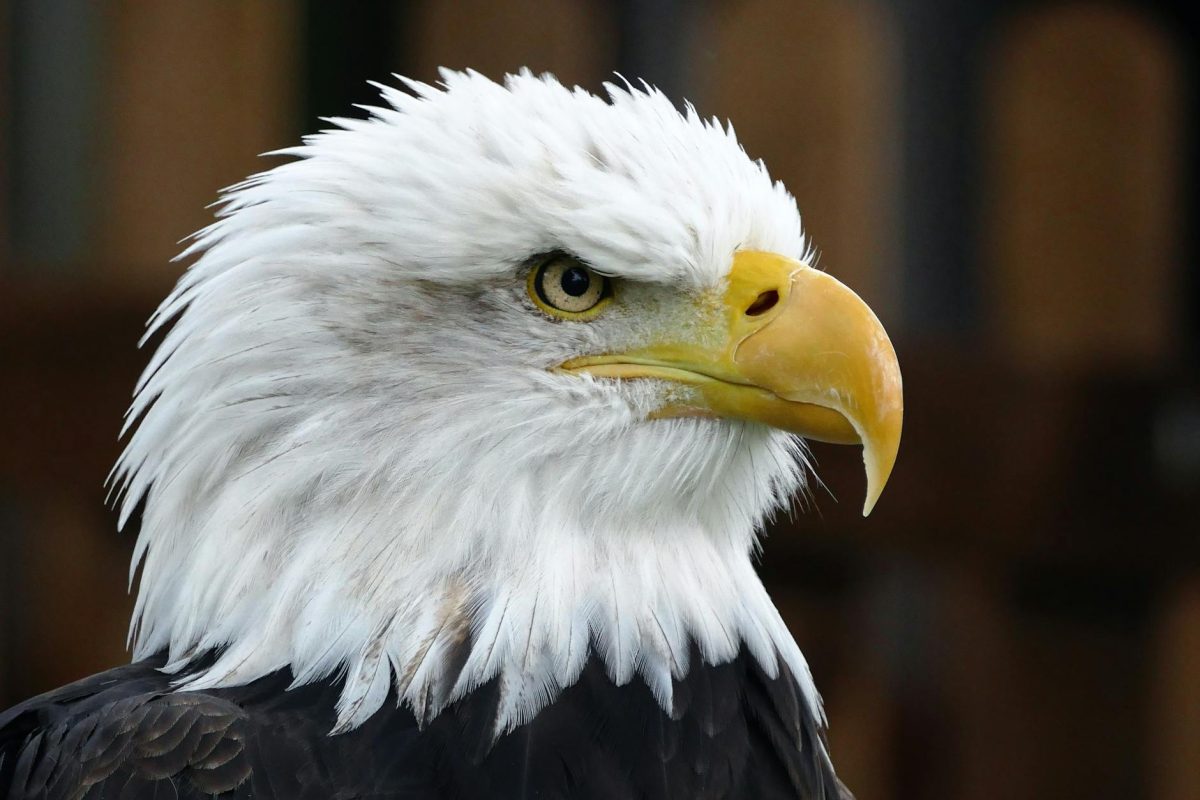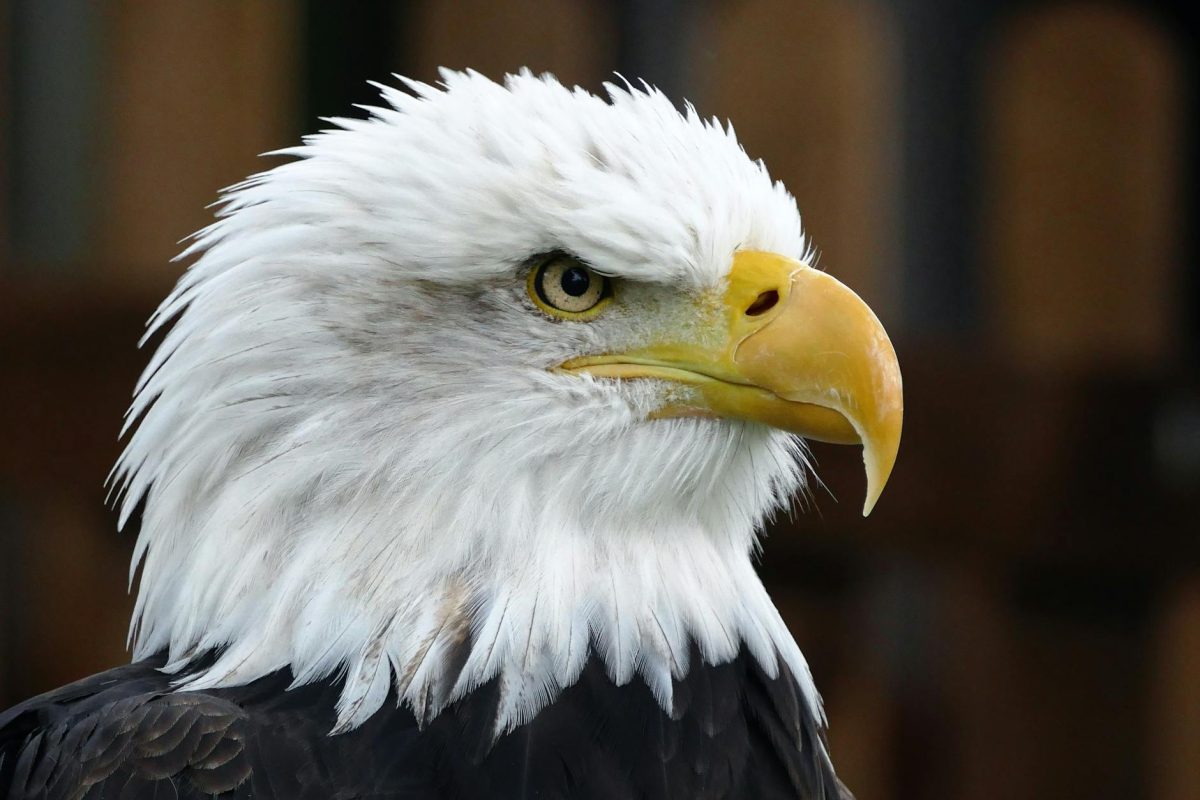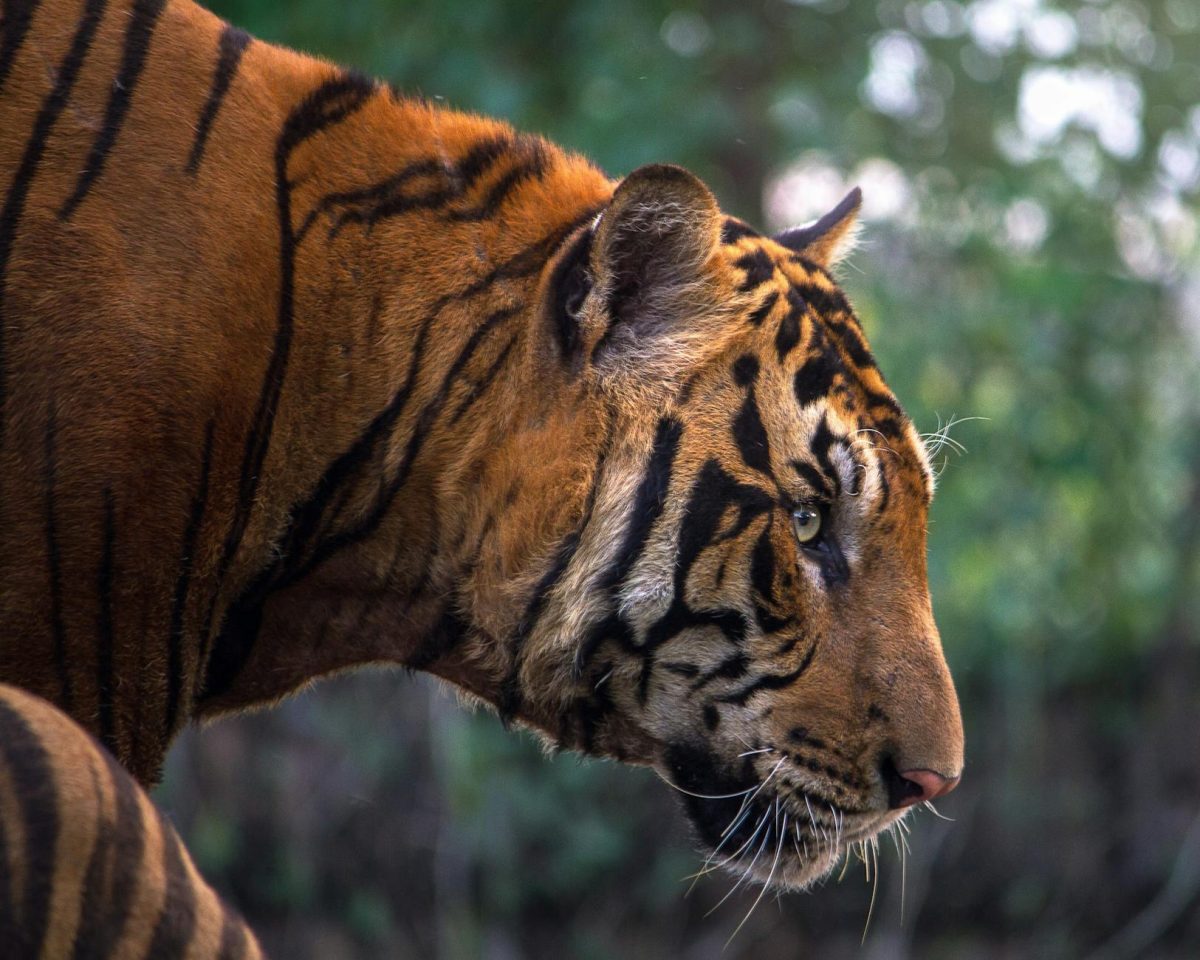Title: Decoding Dog Body Language: Understanding Canine Communication
Have you ever wondered what your furry friend is trying to tell you through their gestures and expressions? Understanding dog body language is essential for every pet owner to establish a strong bond with their canine companion. Dogs communicate through a variety of cues, including tail wagging, ear positioning, and eye contact. By decoding these signals, you can better understand your dog’s feelings and needs. In this article, we delve into the secrets behind canine communication to help you interpret your dog’s behavior more effectively.
The Importance of Dog Body Language
Dog body language is a crucial aspect of canine communication that can convey a wealth of information about a dog’s emotional state and intentions. By paying attention to your dog’s body posture, facial expressions, and vocalizations, you can better interpret their feelings and respond accordingly. Understanding your dog’s body language can help prevent misunderstandings, reduce stress and anxiety, and strengthen the bond between you and your furry companion.
Deciphering Tail Wagging
One of the most well-known forms of dog body language is tail wagging. While many people interpret a wagging tail as a sign of happiness, the reality is more complex. The position and speed of a dog’s tail wag can convey different meanings. For example, a high, stiff wag may indicate alertness or aggression, while a low, relaxed wag is often a sign of friendliness and relaxation. Additionally, a slow wag may signal uncertainty or insecurity, while a fast wag can indicate excitement or arousal. Paying attention to the nuances of your dog’s tail wagging can help you understand their emotional state more accurately.
Reading Facial Expressions
Just like humans, dogs use their facial expressions to communicate their emotions. Eyes play a significant role in dog communication—direct eye contact can be seen as a sign of aggression or dominance, while averted eyes and a soft gaze may indicate submission or friendliness. Furthermore, a dog’s mouth and ears can also provide valuable clues about their state of mind. A relaxed, open mouth and floppy ears often indicate a calm and contented dog, whereas a tense mouth or raised ears may signal alertness or anxiety. By observing your dog’s facial expressions, you can gain insights into their feelings and respond accordingly.
Interpreting Postures and Movements
In addition to tail wagging and facial expressions, a dog’s body posture and movements can reveal a lot about their emotional state. A dog standing tall with a stiff body might be feeling confident or assertive, while a hunched posture and tucked tail could indicate fear or submission. Pay attention to your dog’s overall body language, including the way they walk, play, and interact with their environment. By observing these cues, you can better understand what your dog is trying to communicate and provide the appropriate support and reassurance.
Communicating with Your Dog
Effective communication is a two-way street, and understanding your dog’s body language is just one part of the equation. To build a strong bond with your canine companion, it’s essential to communicate clearly and consistently through your own gestures, tone of voice, and body language. By establishing a mutual understanding based on trust and empathy, you can create a harmonious relationship with your dog built on respect and companionship.
Conclusion
In conclusion, deciphering dog body language is a valuable skill for every pet owner who wants to deepen their connection with their furry friend. By paying attention to your dog’s tail wagging, facial expressions, postures, and movements, you can gain valuable insights into their emotions and needs. Effective communication with your dog involves both understanding their cues and sending clear signals in return. By nurturing a strong bond based on mutual trust and respect, you can create a happy and harmonious relationship with your beloved canine companion. Sharpen your observational skills, and watch as the secrets behind canine communication unfold before your eyes.



